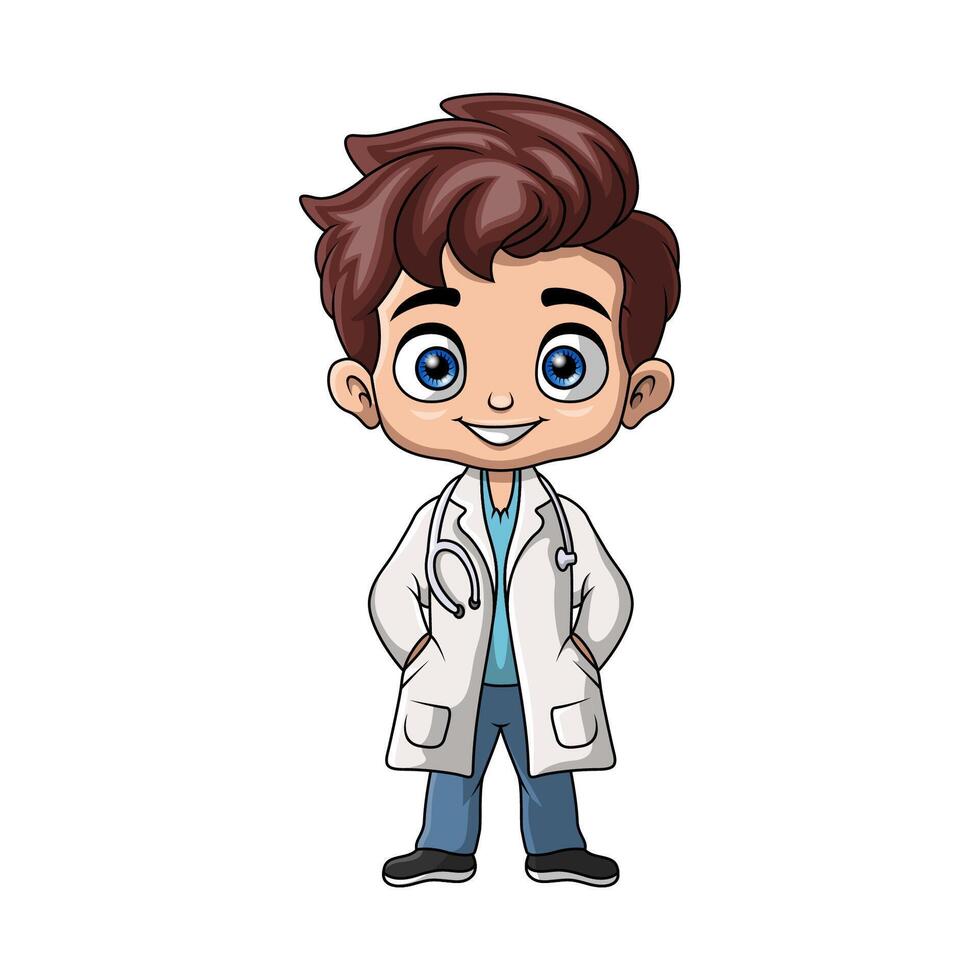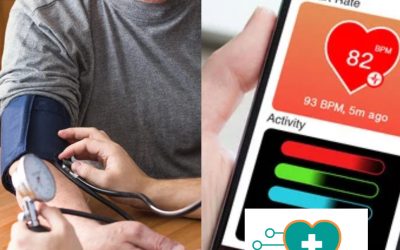In healthcare, timely and accurate monitoring of vital signs is essential to ensure patient safety and effective treatment. With advancements in medical technology, mobile vital signs monitors have emerged as powerful tools that are revolutionizing healthcare delivery, particularly in critical situations. These devices enable healthcare teams to monitor patients in real-time, from virtually anywhere, improving patient outcomes and streamlining communication within medical teams. In this blog, we’ll explore how mobile vital signs monitors support healthcare teams in critical situations, the benefits they offer, and their role in enhancing patient care.
What Are Mobile Vital Signs Monitors?
Mobile vital signs monitors are portable devices designed to continuously track essential health indicators such as heart rate, blood pressure, oxygen saturation, respiratory rate, and temperature. These monitors transmit real-time data, providing healthcare professionals with a comprehensive understanding of a patient’s condition, whether in the hospital, during emergency response, or even remotely in home care settings.
Unlike traditional monitoring equipment, mobile vital signs monitors are compact and easy to use, allowing healthcare teams to assess patients’ vital statistics outside of clinical environments. These devices often integrate with cloud-based platforms and mobile applications, enabling real-time data sharing across healthcare teams.
Role of Vital Signs in Critical Healthcare
Vital signs are critical indicators of a patient’s overall health and can provide early warning signs of potential medical emergencies, such as heart attacks, strokes, or sepsis. In critical care, prompt action based on vital sign data can be the difference between life and death.
- Heart rate provides insights into the cardiovascular system’s efficiency.
- Blood pressure helps evaluate the function of the heart and blood vessels.
- Oxygen saturation indicates how effectively oxygen is being delivered to tissues.
- Respiratory rate monitors the effectiveness of the respiratory system.
- Temperature can signal infections or other acute medical conditions.
For healthcare teams, accurate monitoring of these vital signs is essential in managing critically ill patients and ensuring they receive the appropriate level of care.
Benefits of Mobile Vital Signs Monitors for Healthcare Teams
Mobile vital signs monitors offer several advantages for healthcare teams working in critical situations, making patient care more efficient and effective.
Real-Time Data Transmission
One of the most significant benefits of mobile vital signs monitors is their ability to transmit real-time data to healthcare professionals. This immediate access to up-to-date patient information helps medical teams make faster, more informed decisions. Whether in emergency rooms, intensive care units (ICU), or during emergency medical services (EMS) operations, real-time monitoring can be crucial in detecting life-threatening conditions early.
Enhanced Patient Monitoring and Early Warning
Mobile vital signs monitors provide continuous monitoring, alerting healthcare teams to changes in a patient’s condition before they become critical. For example, If a patient’s blood pressure drops suddenly or their heart rate accelerates, an immediate alert can be sent to the healthcare team. This early warning allows for swift intervention, improving patient outcomes and reducing the likelihood of complications.
Mobility and Flexibility in Critical Situations
The portability of mobile vital signs monitors gives healthcare teams the flexibility to assess patients in a variety of settings, including at the bedside, in ambulances, or even at home. Emergency medical teams can use these devices in the field, providing continuous data during transport to hospitals, enabling a smoother handover between teams.
Improved Team Collaboration and Communication
Mobile monitors are integrated with software systems that allow for seamless communication and collaboration among healthcare professionals. Data from a patient’s monitor can be shared instantly across multiple devices, allowing doctors, nurses, and emergency responders to stay informed and coordinate care more effectively. This improves response times, decision-making, and overall treatment efficiency.
Real-world Applications of Mobile Vital Signs Monitors in Healthcare
Mobile vital signs monitors are transforming healthcare delivery across multiple domains, including emergency response, in-hospital critical care, and home care.
Emergency Response and Pre-Hospital Care
Mobile monitors are particularly useful in emergency situations where time is of the essence. EMS teams use mobile vital signs monitors to track a patient’s condition during transport, sending real-time data to hospital teams for better preparedness. Pre-hospital care providers can assess the severity of a patient’s condition, ensuring that hospital staff are ready to provide the appropriate care upon arrival.
In-Hospital Critical Care
In the ICU and emergency departments, mobile vital signs monitors support continuous patient monitoring, alerting staff to changes in a patient’s condition as soon as they occur. These devices help to identify early signs of deterioration in critically ill patients, allowing for rapid intervention and reducing the chances of complications.
Remote Patient Monitoring and Home Care
Mobile vital signs monitors are also used for remote patient monitoring, enabling healthcare teams to track patients outside the hospital setting. Patients with chronic conditions or those recovering from surgery can be monitored from home, allowing for early detection of health issues without the need for frequent hospital visits. This type of monitoring helps to reduce hospital readmissions and ensures that patients receive timely care.
Challenges and Considerations
While mobile vital signs monitors offer many advantages, there are some challenges and considerations that healthcare teams must be aware of.
Accuracy and Reliability of Data
The accuracy of data from mobile monitors is crucial for effective patient care. Healthcare teams must ensure that the monitors used provide reliable readings and are calibrated regularly. Any discrepancies in data could lead to misdiagnosis or delays in treatment.
Data Security and Privacy
Given the sensitive nature of patient data, maintaining security and privacy is a top concern. Mobile vital signs monitors must comply with health regulations such as HIPAA (Health Insurance Portability and Accountability Act) to ensure that patient information is protected during transmission and storage.
Training Healthcare Teams
For mobile vital signs monitors to be effective, healthcare teams must be adequately trained on how to use the devices and interpret the data. Proper training ensures that medical professionals can respond appropriately to alerts and notifications, improving patient outcomes.
Future of Mobile Vital Signs Monitors in Healthcare
The future of mobile vital signs monitors is promising, with several key advancements on the horizon.
Advancements in Technology
Future innovations in mobile vital signs monitoring are likely to include more sophisticated sensors and integration with other medical technologies, such as artificial intelligence (AI) and machine learning algorithms. These technologies will help predict health trends and provide healthcare teams with even more precise data for decision-making.
Expanding Access and Efficiency
As mobile vital signs monitors become more affordable and widely available, their use is expected to expand, particularly in under-resourced areas. This will improve healthcare access and efficiency, particularly in rural or underserved communities where traditional healthcare infrastructure is limited.
Conclusion
Mobile vital signs monitors are transforming how healthcare teams approach critical care. By providing real-time data, enhancing patient monitoring, and improving communication and collaboration, these devices are helping healthcare professionals respond more effectively to emergencies and improve patient outcomes. As technology continues to evolve, mobile vital signs monitors will play an increasingly vital role in healthcare, both in clinical settings and beyond.
To stay at the forefront of these advancements, healthcare professionals and organizations must embrace mobile monitoring solutions that can improve care delivery and help save lives. Explore more about how Medi Sync AI can help you integrate cutting-edge mobile vital signs monitoring into your practice or hospital to enhance patient care today.
Stay informed, stay connected, and stay ahead with Medi Sync AI – your trusted partner in healthcare technology.





